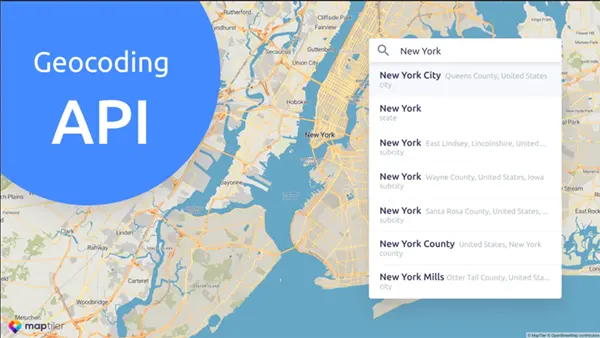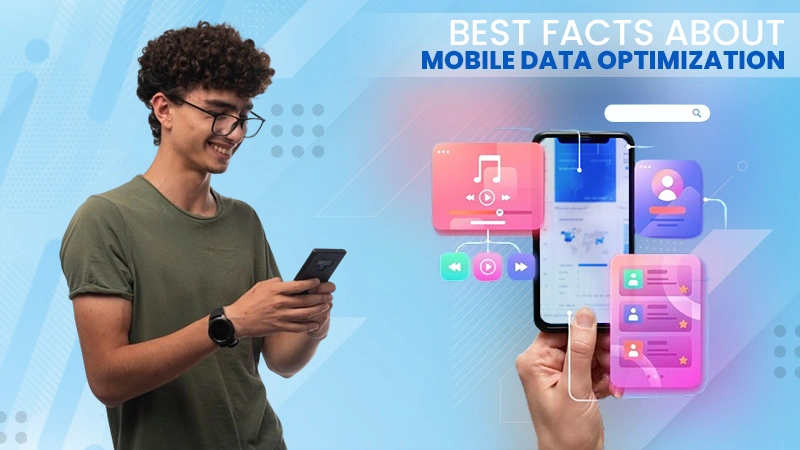
Exordium
There are many areas of business and human life where it is necessary to determine the location of any objects in various settlements, countries, and continents.
The Geographic coordinate system (GCS) successfully copes with these tasks.
With this system, the location of any object is characterized by two attributes – geographic longitude (GLon) and geographic latitude (GLat).
In practice, knowledge of such attributes of any object allows you to either mark it on a topographic map or move the center of the map to the selected object.
As a result, based on the found GLon and GLat, you can find out the name or postal address of the required object.
There may also be a situation in which it becomes necessary to define GLat and GLon using the textual name of the object or its mailing address.
All of the above actions have a clear, well-known definition – this is the process of geocoding.
Interesting Fact: According to Google Maps API documentation, the Geocoding API has a rate limit of 50 requests per second. Therefore, it translates to a maximum of one request every 20 milliseconds.
Moreover, in the first case, the process of reverse geocoding is carried out, and in the second – direct.
To save users from having to develop software products for geocoding purposes themselves, our service provides them with access to the geocoding API example.
Basis of Geocoding Process
Let’s remember what the GCS system is with its GLon and GLat attributes.
This is just a peculiar lattice of imaginary lines, the grid with which scientists decided to divide our planet into conditional zones.
The horizontal lines of the lattice are called GLat and the vertical lines are called GLon. Both those and others have a standardized dimension in degrees and minutes.
This means that almost any object on the Earth’s surface can be represented as a combination of GLon and GLat eigenvalues and can be easily found on any topographic map.
Naturally, the map must contain both the GCS markup and the name of the object you are looking for.
This condition allows us not only to see a certain position on the grid of lines but also to understand on which continent, in which country, in which city, on which street, etc. is the object we are looking for.
That is, we can find out its readable address. At the same time, the degree of detail of the address will depend, first of all, on our goals, as well as on the scale and level of detail of the map itself.
Even though the first mention of the GCS dates back to the 3rd century BC, the relevance of this system continues to this day.

Statistics: Google Maps has a wide array of APIs that let you embed the functionality of Google Maps. The graph above demonstrates Google Maps API usage statistics.
Working with GCS is necessary for many areas of human activity, it is widely used by people of various professions – pilots, sailors, astronomers, topographers, geologists, etc.
In the usual practice of many professions that are related to transport logistics, deliveries, movements, and locomotion, there is always a need to find either the address of a particular location or its location in the GCS.
Let’s see how this looks in practice.
Practical Application of Geocoding API

The fast food chain company consists of four pizzerias in different parts of the city.
Consumers have the opportunity to order pizza in several ways: dial one of four proposed phone numbers or go to the appropriate section of the company’s central website.
At the same time, a topographic map of the city is posted on the company’s website and the consumer can either write down the delivery address, confirm the correctness of the marker which is already set by the default geolocation service, or set his marker to the desired delivery point on the map.
Such a variety of ordering methods led to the fact that the company needed the services of a service geocoding API (GC API).
After creating a needed project on the service website, the manager of the company only needs to send HTTP requests for direct or reverse geocoding.
Do You Know?: Users from the United States use maps the most often, which amounts to 19.44 percent.
The effectiveness of this approach to tracking customers is obvious.
Entering a mailing address in a GC API request and receiving a response with the GLon and GLat of the delivery object results in route optimization.
In turn, reverse geocoding enables the company to identify the targeted delivery sectors and consumer groups, to carry out marketing analysis and strategic planning of its business.
Illation
As you can see from the example above, using the GC API service leads to a significant improvement in business processes and a reduction in overhead.
And such a result does not require any large financial investments and special education.
It is enough to familiarize yourself with the necessary guidance documentation on our website, create your own project, and get access to all the software products you need.







